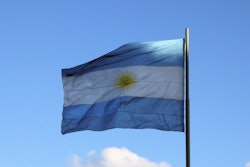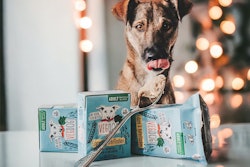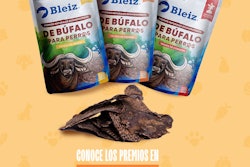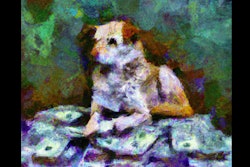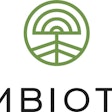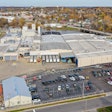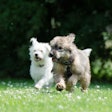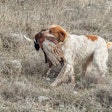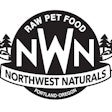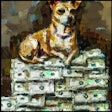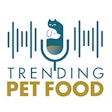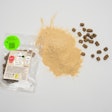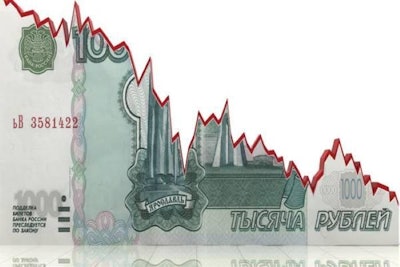
Russian authorities are expressing growing concerns over a spike in pet food prices, primarily attributed to a downward rally of the national currency. The Russian General Prosecutor Office and the Federal Antimonopoly Service (FAS) plan to scrutinize the price dynamics of the domestic pet food market to see whether this year’s hike was justified, said Vladimir Burmatov, a member of State Duma, the lower chamber of the Russian Parliament.
Russian customers are increasingly complaining about a surge in pet food prices, Burmatov stated in a letter submitted to Russian regulators. FAS has already requested Russian pet food manufacturers to provide extensive information on their pricing policy. “Based on the obtained information, FAS will make a conclusion about the existence of grounds for taking antimonopoly response measures,” Burmatov said.
Double-digit pet food price jumps
Under Russian consumer protection law, FAS is authorized to impose substantial fines on pet food manufacturers if they are found raising prices using their dominant position on the market, among several other reasons. Burmatov expressed confidence that the upward price rally on the Russian pet food market this year is associated with Western sanctions against the Russian economy, though he didn’t elaborate. He also pointed out that Western pet food companies are maintaining a dominant position in the Russian market.
The Russian newspaper “Kommersant” reported in July 2023 that the average price of pet food in Russia jumped 20% to 30%, while in the premium segment, the price skyrocketed nearly 80% during the past 12 months.
Alexander Konstantinovsky, the chief veterinary doctor with the Russian veterinary clinics network Recom, disclosed that Russia is experiencing an enormous shortage of premium and, especially, prescription pet food. He added that key Western suppliers suspended sales to Russian customers, so everything that is supplied to the local market is in small batches coming through various parallel import channels.
Currency swings affect local market
To a large extent, the Russian pet food market is affected by Russian currency fluctuations. The Russian ruble has weakened by 26% this year as a result of a collapse in export revenues and growing government spending, making it the third worst-performing global currency this year. During the past 12 months, the Russian ruble lost nearly half its value against the hard currency.
In August 2022, the Russian ruble traded for 60 per US dollar. In early August 2023, the exchange rate temporarily blew past 100 per US dollar, an important psychological mark, forcing the Russian Central Bank to interfere and jack up the key interest rate from 8.5% to 12%.
Western companies started raising prices before the slump in the Russian ruble’s exchange rate, Burmatov said, suggesting that the currency dynamics don’t play a decisive role in price turbulence. However, the Russian newspaper “Izvestia,” citing local market players, listed the ruble’s crash among the key reasons for pet food price fluctuations, alongside the dwindling range of imported pet food.
“If we talk about import, nothing is surprising in the price growth [of imported pet food],” said Kirill Dmitriev, President of the National Association of the Pet Industry. “It follows the weakening of the ruble. In this case, the goods themselves, and logistics and customs procedures become more expensive.”
On the other hand, international companies with production localized in Russia, namely Mars, Nestle Purina Petcare and Royal Canin, have not increased prices dramatically, Dmitriev said. This drives the idea to find out why the price for pet food of Russian origin is rising so much.
Still, the answer to this question is likely to be simple. Dmitriev said Russian pet food companies may use imported vitamins, additives and components. In addition, the high reliance of Russian pet food companies on foreign technologies could also play a role.
Russian pet owners bracing for higher prices
In 2022, sales on the Russian pet food market totaled 330 billion rubles (US$4.84 billion, based on the average daily exchange rate of last year), against 250 billion rubles (US$3.67 billion) the previous year, according to estimates from Zooinform, a Moscow-based consultancy. This year, the figure is expected to rise further as Russian pet owners are struggling to feed their pets in the way they are accustomed to despite expanding costs.
In the meantime, there are many reasons to believe that Russians must brace for a further rise in pet food prices — first because prices always follow the exchange rate dynamics with a lag of a few months, and second, the Russian ruble’s devaluation is yet to end.
“Even the most daring analysts will not be able to accurately predict the ruble exchange rate in the next few months,” said Alexey Yefimov, CEO of Moscow-based consulting firm IBC Real Estate. “I think that the ruble will weaken even more, the question is how much.”

